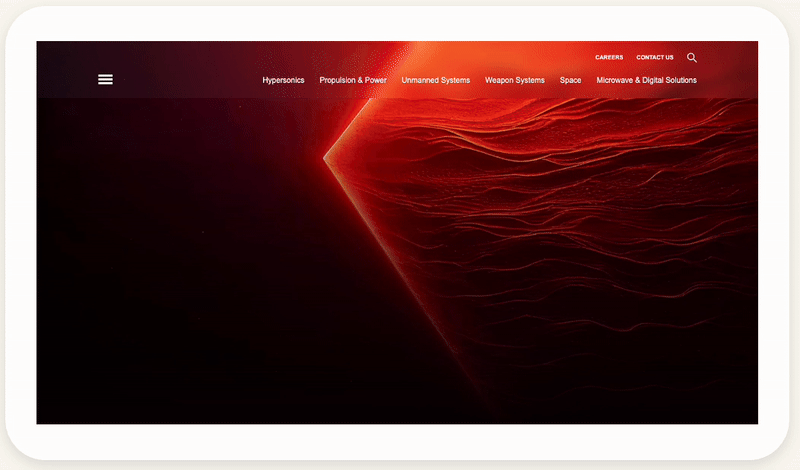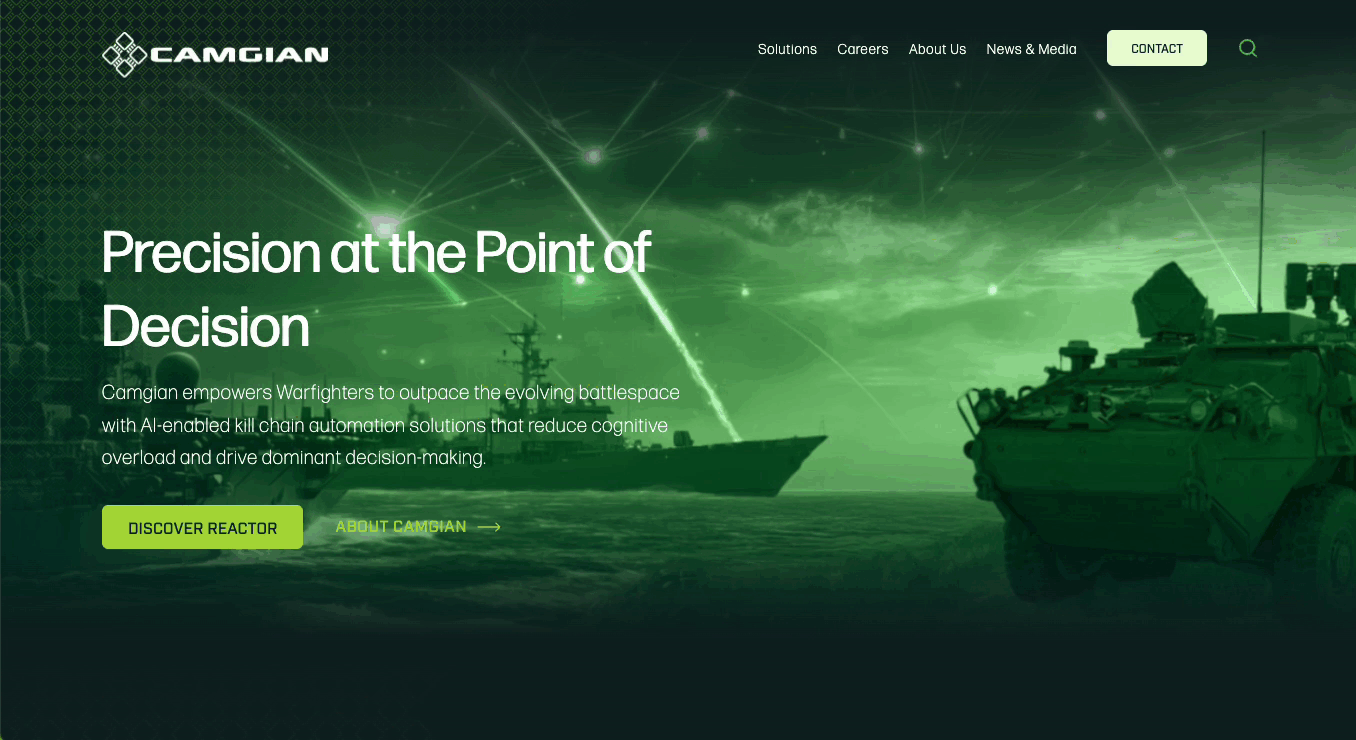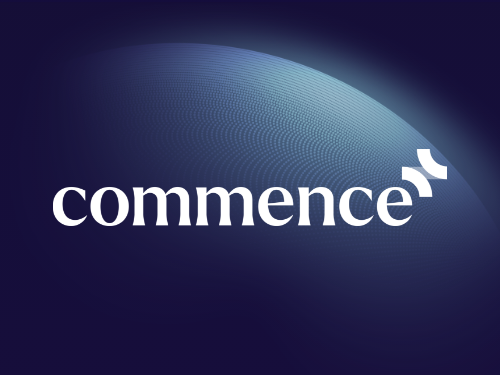Federal technology companies face a unique marketing challenge. They build highly sophisticated tools that solve complex mission needs—yet communicating those capabilities in a way that resonates with government buyers is no small task. Acronyms, technical jargon, and dense feature lists rarely inspire decision-makers. What does? Storytelling.
The most successful federal contractors and technology innovators know how to translate capabilities into clear, compelling narratives. They move beyond “what we do” and focus on “why it matters”—to the mission, to the warfighter, to the public sector customer. In today’s competitive federal landscape, storytelling is the difference between blending into the noise and standing out with a campaign that truly resonates.
Why Storytelling Matters in Federal Tech Marketing
Capabilities on their own don’t sell. Every Fed Tech firm has engineers, IP, and technical differentiators. What separates leaders from the pack is the ability to shape those capabilities into stories that drive impact.
- Decision-makers buy outcomes, not specs. A CIO isn’t persuaded by a list of features. They want to know how a solution enhances readiness, improves security, or reduces cost.
- Complex missions need simple narratives. Government missions are layered and multifaceted. Storytelling makes those missions relatable, focusing on impact rather than complexity.
- Trust is built through clarity. When you distill advanced technology into a human story, you show that you understand your audience’s priorities—not just your product’s features.
The federal buying process is long and competitive. Effective storytelling helps position your brand at the top of the shortlist by aligning your narrative with the mission at hand.

From Capability to Campaign: Building the Narrative Framework
Translating federal tech capabilities into campaigns requires structure. It’s about creating a narrative framework that connects the dots between what your company does and why it matters.
- Start with the mission. Anchor your story in the government agency’s core mission: national security, citizen services, space exploration, or digital modernization.
- Define the challenge. Frame the “why” by highlighting the barriers or inefficiencies that agencies face.
- Introduce the capability. Position your solution as the enabler of mission success—not the hero itself.
- Highlight the outcome. Show measurable impact: faster decision-making, enhanced resiliency, improved collaboration.
- Elevate the human element. Connect the dots to the people behind the mission—warfighters, civil servants, or end-users.
This narrative foundation becomes the spine of a campaign, ensuring every creative asset ties back to a cohesive and resonant story.
Campaign Tactics That Bring Federal Tech Stories to Life
Once the narrative is built, it’s time to translate it into channels and formats that reach the right decision-makers. For federal tech companies, some of the most effective campaign tactics include:
- Video storytelling: Short videos that show how a solution impacts the mission—whether through a warfighter’s perspective or a CIO’s voice—are more memorable than feature sheets.
- Interactive demos: Rather than presenting static slides, interactive content lets buyers see how capabilities translate into real-world results.
Thought leadership content: Blogs, whitepapers, and op-eds that frame solutions in the context of policy priorities build credibility. - Tradeshow activations: Federal events like AFCEA, GEOINT, and AUSA are opportunities to translate capabilities into immersive, story-driven experiences.
- Digital campaigns: Targeted LinkedIn ads and social content help extend the campaign story to specific buyer personas.
Each channel reinforces the same narrative thread, ensuring consistent and compelling storytelling across touchpoints.

Examples of Storytelling in Federal Tech
While we can’t share client details directly, here are common storytelling approaches that federal tech leaders have successfully used:
- The Mission Hero: Campaigns that highlight how the technology empowers the warfighter or civil servant, shifting the spotlight from the brand to the end-user.
- The Future-Ready Agency: Narratives that position capabilities as enablers of digital transformation, showing how an agency can adapt to tomorrow’s challenges today.
- The Trusted Partner: Storylines that underscore reliability, security, and trust—qualities that are critical in the federal space.
These archetypes simplify complex offerings and frame them in ways that resonate with federal audiences.
Best Practices for Fed Tech Storytelling Campaigns
To turn technical capabilities into high-performing campaigns, federal marketers should keep a few best practices in mind:
- Avoid acronym overload. Speak in human terms. Technical buyers still respond better to stories than to alphabet soup.
- Balance detail with clarity. Provide enough specificity to show credibility, but always lead with outcomes.
- Leverage visuals. Infographics, animations, and data visualizations make abstract capabilities tangible.
- Segment audiences. Tailor the story differently for decision-makers, influencers, and end-users.
- Measure resonance. Track not just clicks, but engagement with the narrative—are audiences spending time with your content, watching your videos, or downloading assets?
By following these practices, campaigns achieve the rare balance of being both technically accurate and emotionally compelling.

The Future of Federal Tech Marketing: Story-First Strategies
Federal agencies are facing unprecedented challenges—from evolving cyber threats to space-based operations to citizen experience modernization. As missions grow more complex, the need for clarity in communication grows stronger.
The future of Fed Tech marketing lies in story-first strategies: campaigns that distill advanced technologies into human-centric narratives that resonate with both the technical buyer and the mission stakeholder. The brands that master this will not only win contracts, they’ll also shape the conversation around the future of federal innovation.
Turn Capabilities into Campaigns That Resonate
Capabilities may win engineers’ respect, but stories win contracts. For federal technology firms, success lies in building campaigns that move beyond features to highlight mission impact, human outcomes, and national importance.
At Bluetext, we specialize in helping federal tech companies shape their capabilities into compelling stories that stand out in a crowded marketplace. If you’re ready to transform your technical strengths into campaigns that resonate with the federal audience, contact us today to start building your story.




